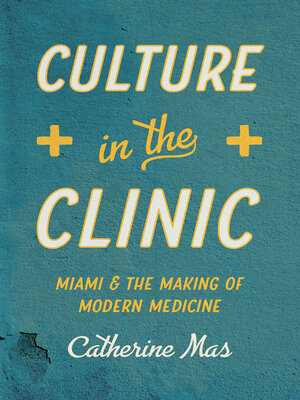Culture in the Clinic
ebook ∣ Miami and the Making of Modern Medicine · Studies in Social Medicine
By Catherine Mas

Sign up to save your library
With an OverDrive account, you can save your favorite libraries for at-a-glance information about availability. Find out more about OverDrive accounts.
Find this title in Libby, the library reading app by OverDrive.



Search for a digital library with this title
Title found at these libraries:
| Library Name | Distance |
|---|---|
| Loading... |
After the 1959 Cuban Revolution, hundreds of thousands of Cuban refugees came to Miami. With this influx, the city’s health care system was overwhelmed not just by the number of patients but also by the differences in culture. Mainstream medicine was often inaccessible or inadequate to Miami’s growing community of Latin American and Caribbean immigrants. Instead, many sought care from alternative, often unlicensed health practitioners. During the 1960s, a recently arrived Cuban feeling ill might have visited a local clínica, a quasi-legal storefront doctor’s office, or a santero, a priest in the Afro-Cuban religion of Lukumí or Santería. This exceptionally diverse medical scene would catch the attention of anthropologists who made Miami’s multiethnic population into a laboratory for cross-cultural care. By the 1990s, the medical establishment in Miami had matured into a complex and culturally informed health-delivery system, generating models of care that traveled far beyond the city. Some clínicas had transformed into lucrative HMOs, Santería became legally protected by the courts, and medical anthropology played a significant role in the rise of global health. Catherine Mas shows how immigrants reshaped American medicine while the clinic became a crucial site for navigating questions of wellness, citizenship, and culture.







